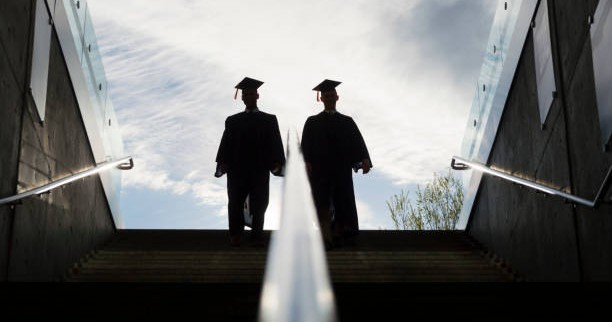Democratization of education is one of the basic issues, and indicators of social development. The path to democratize higher education in the US should focus on introduction of policies to mitigate and overcome the socio-economic inequality in education. Essentially, to realize democracy in education, there is the need to change the paradigm. The path to democratize higher education in the US should focus on the following issues.
Address the rising cost of Higher Education
Well, deciding to study an MBA degree is a big step for the aspiring managers. An MBA in the US helps learners attain skills and knowledge needed to set up any business or to help in growing an existing business. While such a decision offers potential for career flexibility, the price tag is often frustrating. So, is the cost of joining a MBA in the US really worth it?

According to USnews.com, the cost of joining an MBA class in the US has increased sharply over the last two decades. In addition to the high cost of housing, transportation and other school related expenses, MBA students are paying a high tuition fee.
A study by the National Universities has revealed that since 2000, cost of enrolling for an MBA degree has skyrocketed. Ideally, enrolling for an MBA program in the US has become a capital-intensive endeavor. Eventually, the system is creating a socio-economic inequality in education.
The rising cost of an MBA in the US is forcing many students to seek scholarship opportunities, which are also limited. According to experts, the costs seems to have reached a point where applicants have had enough and considering opportunities within the European borders. Unfortunately, the business schools are there to earn money, and so market their product as premium.
The Question of the Soaring Student Debt
Student debt has been increasing for decades. The increase has been attributed directly to the increasing cost of higher education. A research on student debt has revealed that nearly half of students at five top MBA programs in the US borrow at least $100,000 to finance their degree.
While the sharp increase in student debt has not been announced a crisis, it is certainly a serious economic problem. Consider that an MBA graduate will struggle to repay the loan, to protect his credit record. The student debt keeps the student from starting a business, creating a decline of entrepreneurial activities, translating to lower employment levels. Eventually, the economic output is impacted negatively.
Fighting Gender and Racial Inequality in the Education System
Gender inequality and racial discrimination have a direct impact on economic growth, lowering the average quality of human capital. According to a recent report, women are still a minority at business schools in the US, accounting for only 39% of MBA students as of 2019. To worsen matters, race and racism is a reality evidenced in enrollments to MBA classes in the US. Therefore, the US cannot achieve democracy in education, until there is a paradigm shift.
Conclusion
Democratizing higher education in the education begins with ensuring affordability. With affordable MBA programs, the question of skyrocketing student’s debts will no longer be a problem. Further, gender and racism at business schools in the US should be outdated like yesterday. Based on the arguments above, it is clear we need to change the paradigm to achieve democracy in higher education.
- Bethany Garner,(2020), How Gender Equality Can Be Achieved At Business School. businessbecause.com
- Shahien Nasiripour,(2019), Top U.S. B-School Students Pile on Debt to Earn MBAs. Bloomberg
- Marvin Dumont, (2019), The Real Cost of an MBA. Investopedia
Briana Boyington and Emma Kerr, (2020)20 Years of Tuition Growth at National Universities.

